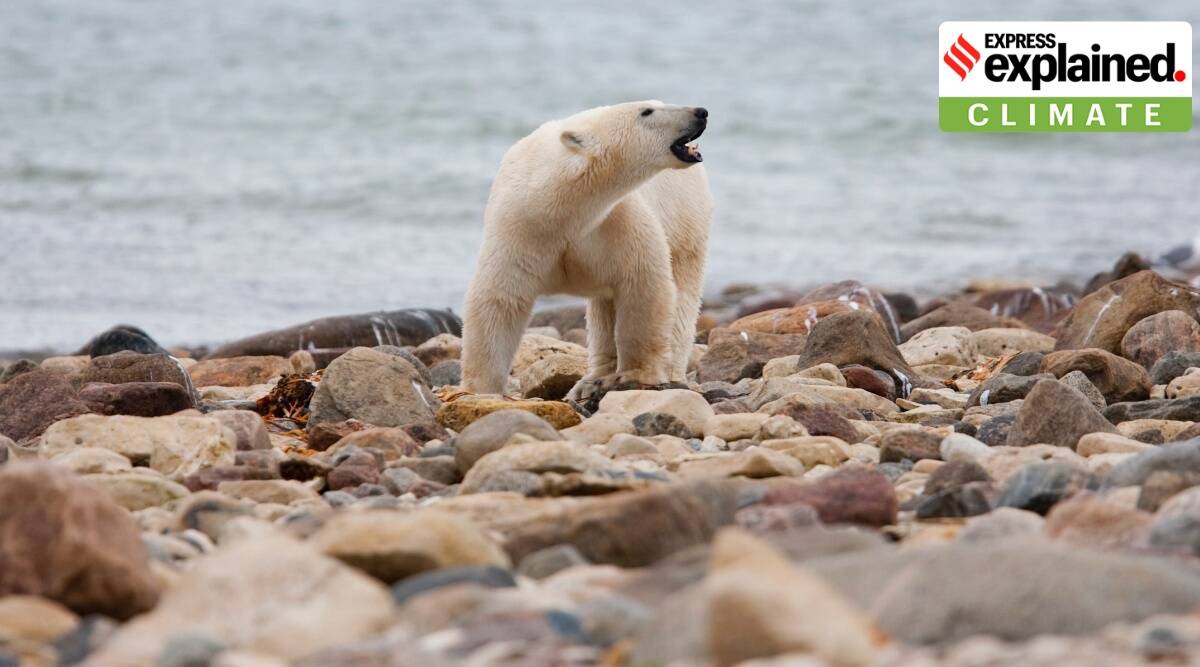Free Courses Sale ends Soon, Get It Now


Free Courses Sale ends Soon, Get It Now



Copyright infringement is not intended
Context: Polar bears in Canada’s Western Hudson Bay, an inland sea connected to the Arctic Ocean, are dying at a fast rate, according to a new government survey. It also revealed that females and younger polar bears are the worst affected.
Details:
Impact of climate change on polar bears
Importance of polar bears
About:
© 2024 iasgyan. All right reserved